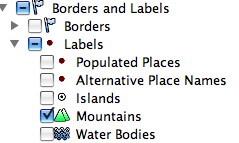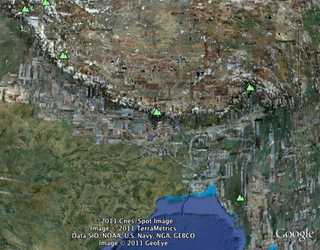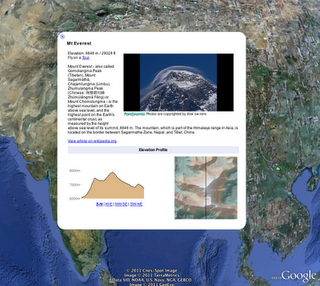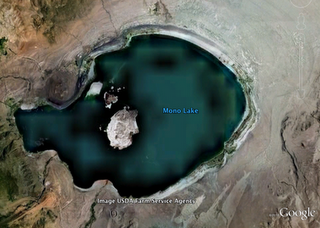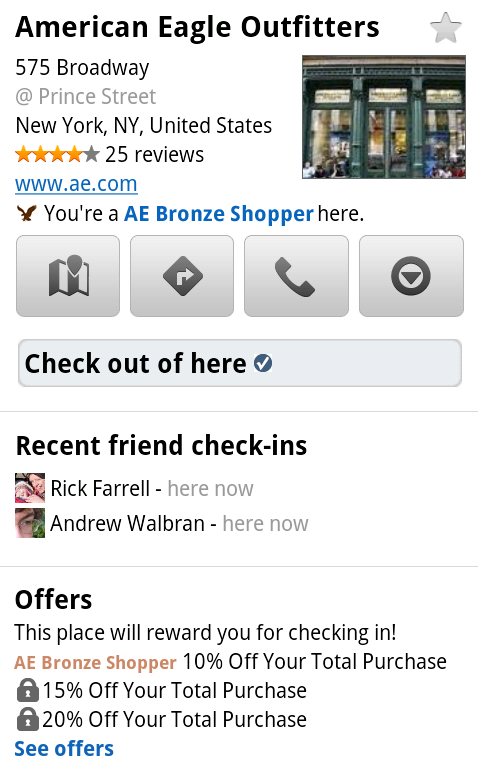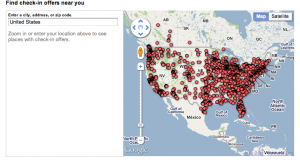After Google I/O sold out in 59 minutes, we gave ourselves a challenge: bring I/O 2011 to as many developers as we could, even those who didn’t have tickets to Moscone Center. So for those of you not joining us in San Francisco or at one of our I/O Extended viewing parties, visit www.google.com/io on May 10-11 from the comforts of your own home, office or anywhere you have a reliable Internet connection for I/O Live.
I/O Live will bring all of the excitement at Moscone Center to our website, where the keynotes, sessions and Developer Sandbox will come to life for audiences all over the world. Starting on May 10, the Google I/O homepage will become the I/O Live dashboard, where you can:
- Watch livestream video feeds from our two largest session rooms from 9:00 a.m PDT to 6:00 p.m. PDT (16:00 to 01:00 UTC) during both days of the conference. This will include streaming of the keynotes, as in years past, as well as—new for 2011—the addition of sessions from Android and Chrome. We’ll also aim to post HD video recordings from sessions that are not livestreamed within 24 hours.
- Read captions from the livestreamed sessions in real-time. Plus, to make sure all our content is accessible, all remaining videos will also be captioned. For international developers, captions will be machine translated to all languages that are supported by Google Translate.
- Be one of the first to know by getting your news direct from the source. The latest announcements and news will be added to our I/O Live dashboard in real-time.
- Submit your questions to our Sandbox developers. We’ll post answers for the questions with the most votes.
In the coming weeks, we’ll update our Sessions and Sandbox pages with all the relevant information you’ll need to participate in I/O Live. In the meantime, visit our temporary I/O Live page, where you can get our new HTML5 badge to display on your website and let us know that you’ll be watching on May 10th and 11th.
This year is slated to be our largest Google I/O event to date. So whether you’re joining us in San Francisco, from an I/O Extended event, or even from the comforts of your own Shangri-La, we’re looking forward to seeing you at 9 a.m. PDT (16:00 UTC) on May 10 as we count down to 00:00:00:00 and I/O Live.
